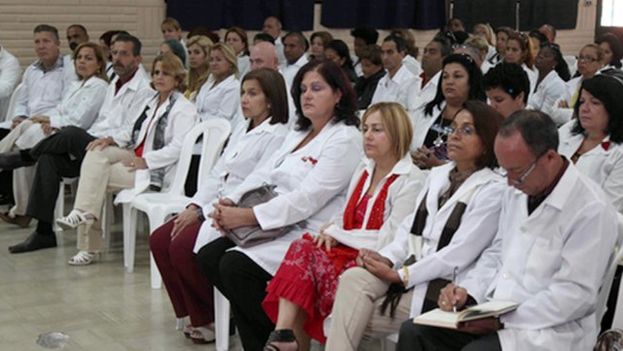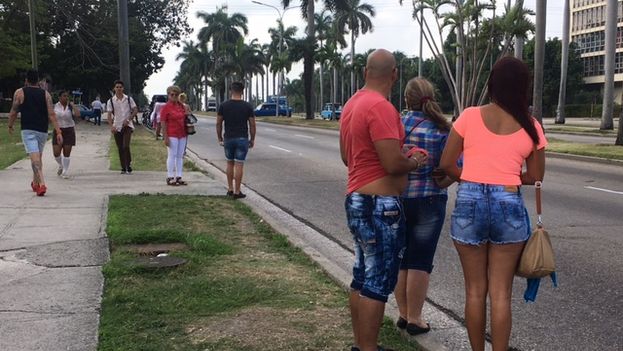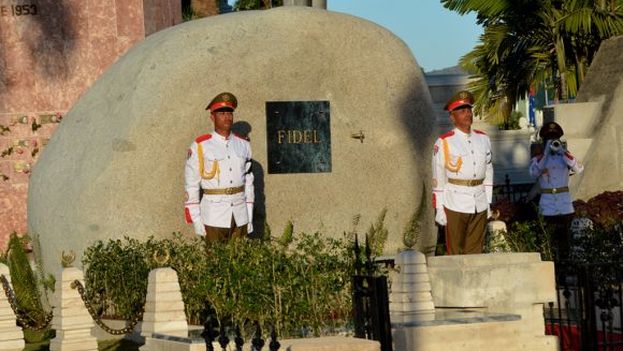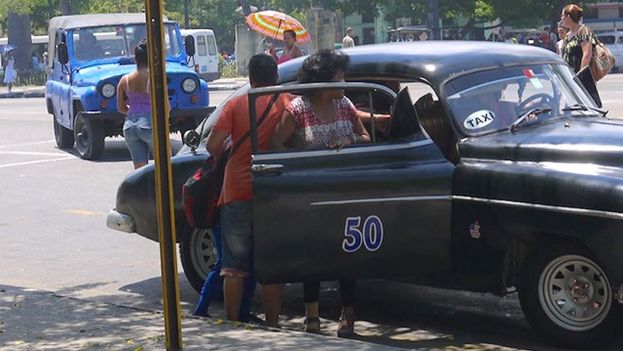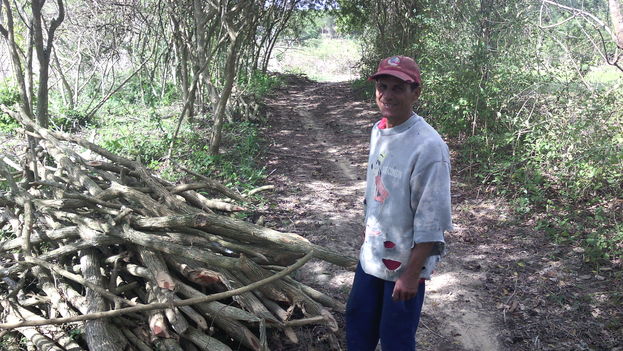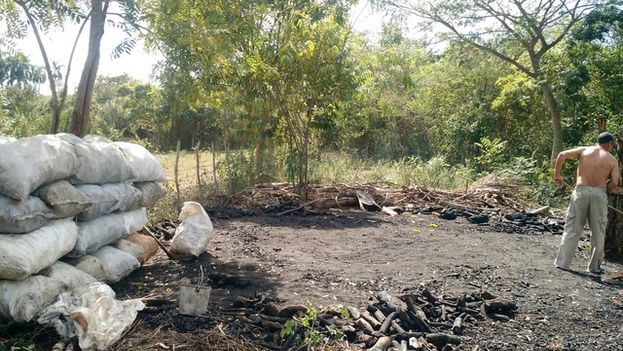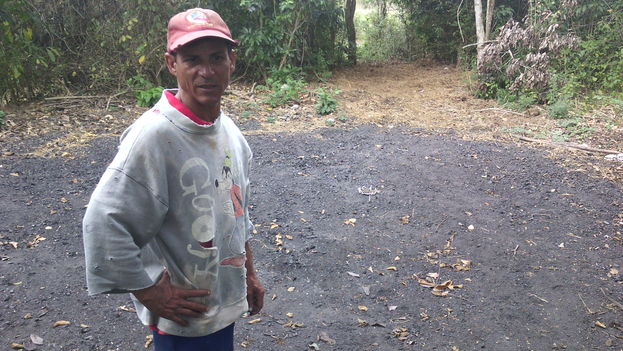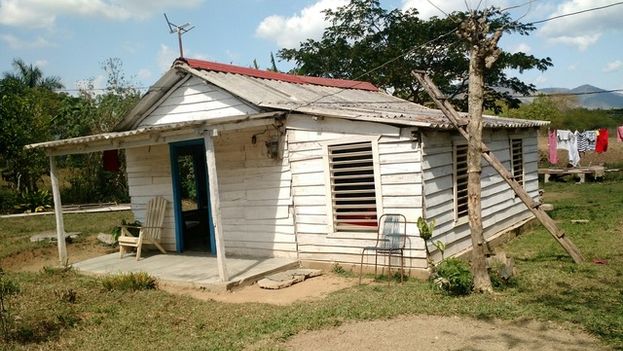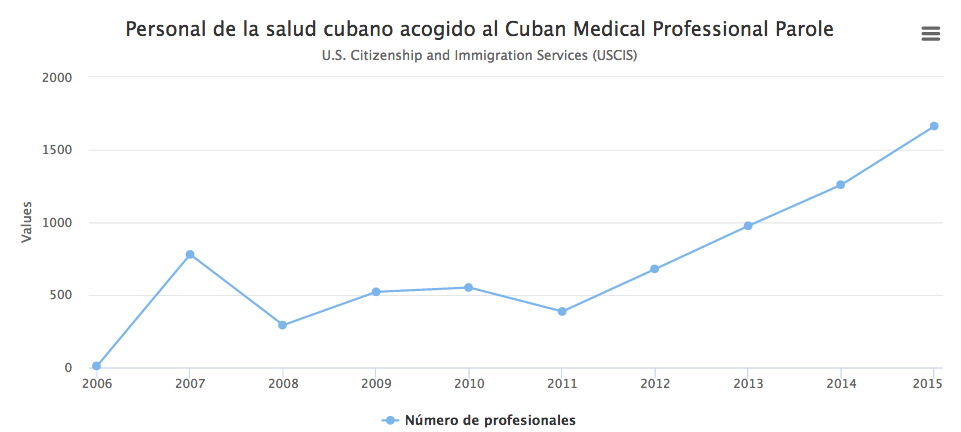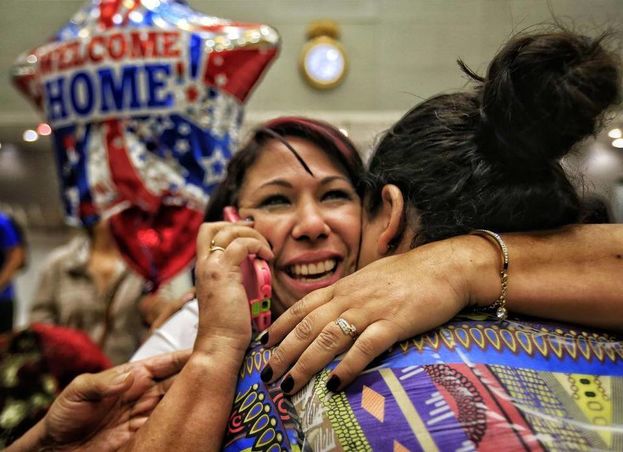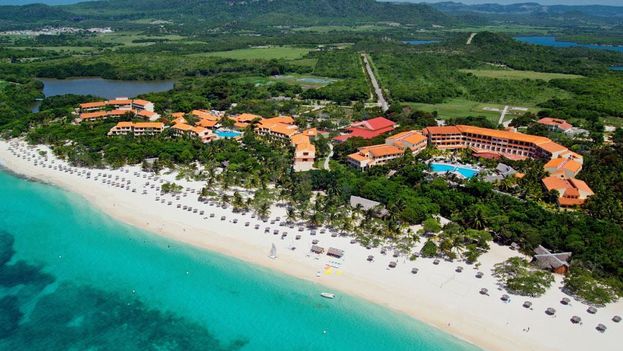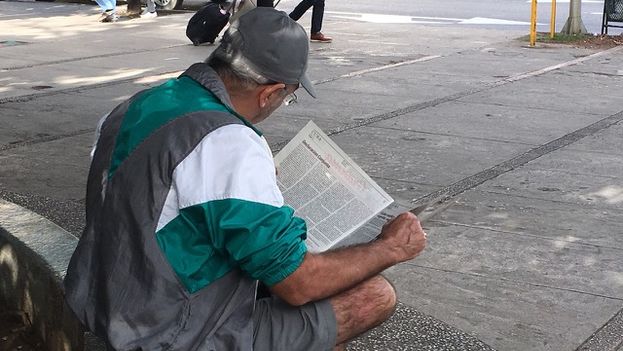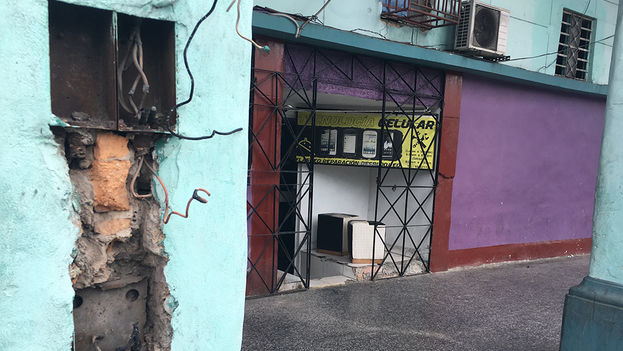Video not subtitled: Rocio Monasterio talks about her dreams for Cuba in Miami
14ymedio, Mario J. Penton, Miami, 11 February 2017 – Rocio Monasterio, a Cuban living in Spain who became popular after starring in a televised debate at the end of November in which she confronted Castro supporters about the legacy of former Cuban President Fidel Castro, gave a talk Friday in Miami about her ideological platform and her aspirations for Cuba’s future.
This 43-year old Cuban with parents from Cienfuegos and a member of the (conservative) Vox Party in Spain defends the family and liberty as supreme values. She is a passionate speaker who strongly criticizes the Cuban government and condemns those politicians disposed to dialogue with Havana.
“Cuba raised a big wall in 1959. Since then night fell on the country, the search for liberty was interrupted. Unfortunately, 60 years later, Cubans are still in the shadows and we don’t see a light that illuminates our homeland. All those who live in Cuba are imprisoned,” she said before emphasizing, “When we see a brother imprisoned we have to do everything possible to help him.” continue reading
An architect by profession, Monasterio decided to go into politics as a result of the loss of values that, in her judgement, Spanish society has experienced. She joined Vox as a way of giving voice to hundreds of Spaniards who do not agree with the relaxation of policies by the Popular Party, currently in power, an organization to which she delivered her vote every year but about which she is singularly critical.
“It is extraordinary that a Hispanic Cuban can speak to Cuban Americans in Miami. We are united by the Hispanic phenomenon,” she said.
About those who opt for investment in Cuba in order to foster an emerging middle class that in the future will be able to demand political changes, Monasterio asserts that those politicians and businessmen are “soothing their conscience for collaborating with the regime.”
“It is being shown that investment in Cuba is nothing more than supporting Castro-ism,” she adds.
As an alternative to totalitarianism, Monasterio proposes Hispanic values.
“We have inherited from Spain the Christian values that are society’s foundation: equality, defense of freedom, right to life, belief in the individual and in his individual responsibility, also the family as a fundamental value of society. All this is this based in freedom,” she said.
One point that she emphasized was the relationship between the European Union, above all Spain, and the Cuban Government. For the Hispanic Cuban, the credibility of the institutions and the parties that negotiate with Raul Castro are in jeopardy.
“In the collective imagination of Spain, Cuba is the most beloved. The relationship of both countries is that of brotherhood,” said Monasterio. Nevertheless, she characterized as “a great betrayal” the normalization of relations without a single word about human rights violations on the Island.
“Those today who do not help the victims of Castro-ism are accomplices in the oppression and contribute to the perpetuation of night in Cuba, a night that has already lasted too many years,” she added.
The architect conceives her battle as not only against communism but against all kinds of totalitarianism, which according to her is being exported from Cuba to Spain and Latin American countries like Venezuela, Nicaragua and Ecuador.
“Totalitarianism is not only the lack of freedom, but also the elimination of the individual. All contrary to our values,” she says.
She also admitted that she fights hard against gender politics and is radically opposed to homosexual marriage:
“I don’t meddle in civil unions between people who have another view of sexuality, but that is not matrimony. Matrimony is between a man and a woman,” she says.
For Monasterio, gender ideology is “another big dictatorship of our time.” She condemns Spanish education in this sense.
“We are subjected, once again, to determined ideologues who come from big institutions. Gender ideology is contrary to the family and our values,” she said.
To oppose the proposed education in gender ideology values, Monasterio’s party proposed a platform for freedoms that defends the right of parents to educate their children according to their values.
About her dispute with “the defenders of the indefensible, that is, Castro-ism, Monasterio reminded that the Castro brothers came to Cuban government promising equality,” but what they have done is to equalize everyone “in misery and oppression.”
“A Castro military elite controls Cubans and makes them ignore freedom.”
According to Monasterio, the Cuban diaspora confronts three big responsibilities: the obligation to denounce what Castro-ism means before those who truly do not know what it is; to be effective in the use of a new discourse and new tools for telling and transmitting the values of our culture; and to create a new iconography. “We have to pass to the next generations the commitment to fight for the freedom of our land.”
Translated by Mary Lou Keel



